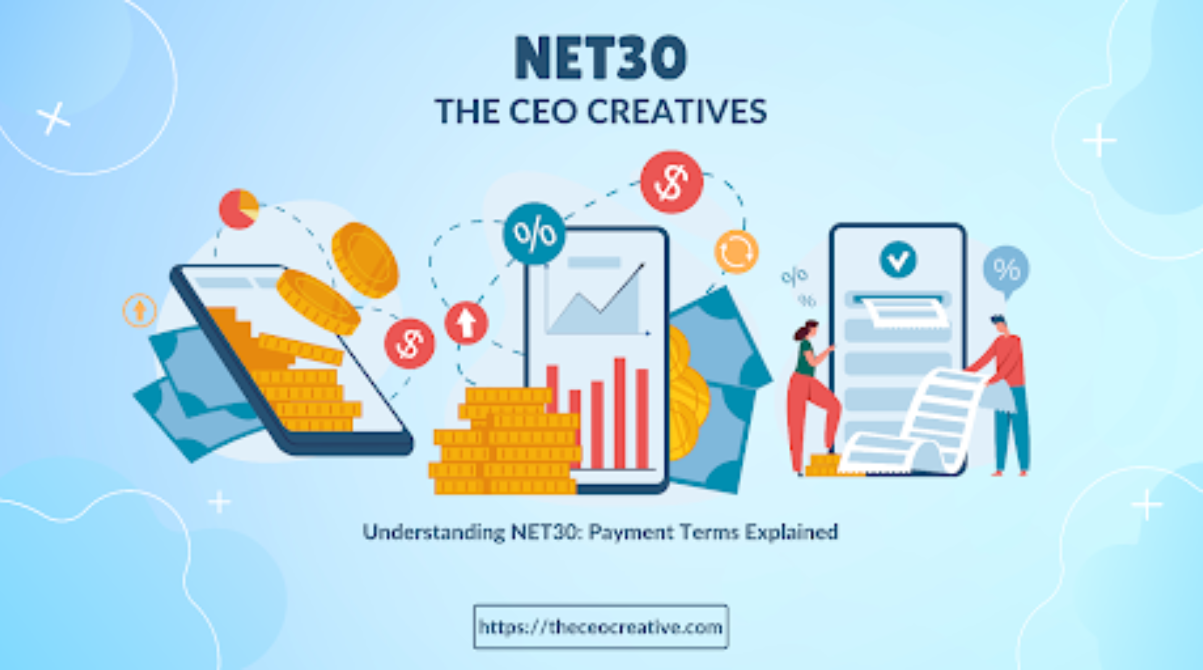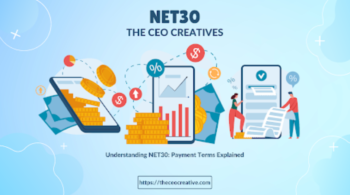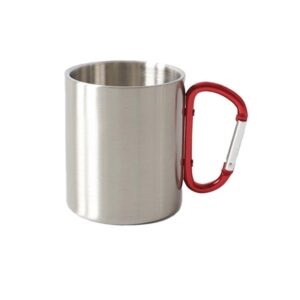Introduction:
Payment terms and conditions control transactions between buyers and sellers in the realm of business and finance. One such word that surfaces regularly is “NET30,” but what precisely does it mean? In this post, we will go into the details of NET30, answering the most often asked questions about it and shed light on its benefits and applications. Understanding NET30 is essential whether you are a business owner, a customer, or simply interested in financial principles. So, let’s delve a little deeper into this payment term.
- What does NET30 mean for payment?
A payment term used in business-to-business (B2B) transactions is NET30. It states that the buyer must pay the invoice within 30 days after receipt. In other words, the vendor provides the consumer with a 30-day grace period to make the entire payment.
- What is a NET30 customer?
A NET30 customer is someone who commits to pay for products or services within 30 days of receiving them. When a company offers NET30 terms to its consumers, it gives them the option of obtaining products or services ahead and delaying payment for a set length of time, generally a month.
- What is an example of NET30 on an invoice?
Consider the following example of NET30 on an invoice. Assume that on May 1st, Company A acquires office supplies from Company B. Company B’s invoice specifies “NET30” as the payment term. In this case, Company A must pay the entire invoice amount before May 31st.
- What is a NET30 company?
A NET30 is a company that offers its customers NET30 payment terms. Companies that provide NET30 understand that providing a grace period for payment can attract more clients, particularly those looking for flexibility in managing their financial flow.
- What are the benefits of NET30?
Buyers and sellers benefit from NET30 payment terms in a variety of ways. It gives customers more time to pay for the items or services they received, allowing them to better manage their working capital. Sellers, on the other hand, can attract more customers and establish better connections by giving a level of trust and ease.
- Why do you need NET30 accounts?
NET30 accounts can be quite advantageous for organizations, particularly those who routinely do B2B transactions. Businesses can tempt more customers to make purchases without immediate payment by offering NET30 terms, potentially increasing sales and customer loyalty.
- What is the difference between COD and NET30?
COD, or “Cash on Delivery,” is a payment phrase that differs from NET30. The customer is required to pay COD at the time of delivery or upon receipt of the goods. NET30, on the other hand, permits the customer to postpone payment for 30 days from the invoice date.
- How do you add NET30 terms?
If you are a business owner wishing to add NET30 conditions to your transactions, it is critical that you express this clearly to your clients. Invoices, purchase orders, and contracts can all include payment terms. Furthermore, before offering NET30 accounts, you should establish a credit policy and evaluate your customers’ creditworthiness.
- What is NET 15 and NET 30?
NET15 is a payment term identical to NET30, but instead of 30 days, it allows the customer 15 days to settle the invoice. While NET30 is the most frequent payment term, certain organizations may offer NET15 for faster payment response.
Understanding NET30 and its ramifications is critical for both businesses and customers. This payment term, which includes a 30-day grace period, offers flexibility and ease in managing financial flow. Offering NET30 accounts to businesses can help them attract more clients and build deeper relationships. Keep the relevance of NET30 in mind as you negotiate the world of financial transactions, and how it might help your business or your role as a client. Grow Your Business and Apply for NET30 Today!







